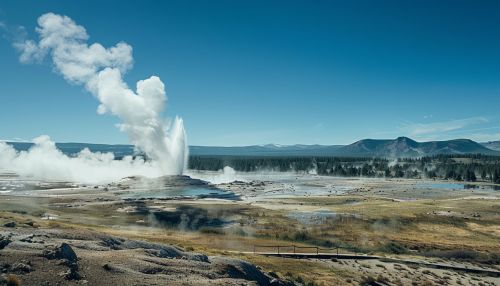National Park
Overview
A national park is a protected area, established by a nation's government to conserve the natural environment, including flora and fauna, as well as cultural and historical resources. These parks are typically open to the public for recreational and educational purposes, but with restrictions to ensure the preservation of the ecosystem and biodiversity within their boundaries.
History
The concept of national parks originated in the United States with the establishment of Yellowstone National Park in 1872. This marked the first time a government set aside a large tract of wilderness for the purpose of preservation and public enjoyment. The idea quickly spread to other countries, leading to the creation of national parks worldwide.


Legislation and Management
National parks are typically governed by legislation at the national level, although the specifics of these laws vary from country to country. In general, these laws establish the park's boundaries, outline its conservation objectives, and provide for its management and administration. The management of national parks is usually entrusted to a government agency, such as the National Park Service in the United States or Parks Canada in Canada.
Biodiversity and Conservation
National parks play a crucial role in biodiversity conservation. They provide a refuge for many species of plants and animals, including many that are endangered or threatened. National parks also serve as living laboratories for scientific research, allowing scientists to study ecosystems and species in their natural habitats.
Recreation and Tourism
While the primary purpose of national parks is conservation, they also serve as major tourist destinations. Many national parks offer a range of recreational activities, such as hiking, camping, wildlife viewing, and photography. Some parks also offer educational programs, including guided tours and interpretive exhibits.
Challenges and Threats
Despite their protected status, national parks face a number of challenges and threats. These include habitat destruction due to human activities, climate change, invasive species, and pollution. In addition, many parks struggle with issues related to tourism, including overcrowding, habitat degradation, and conflicts between visitors and wildlife.
